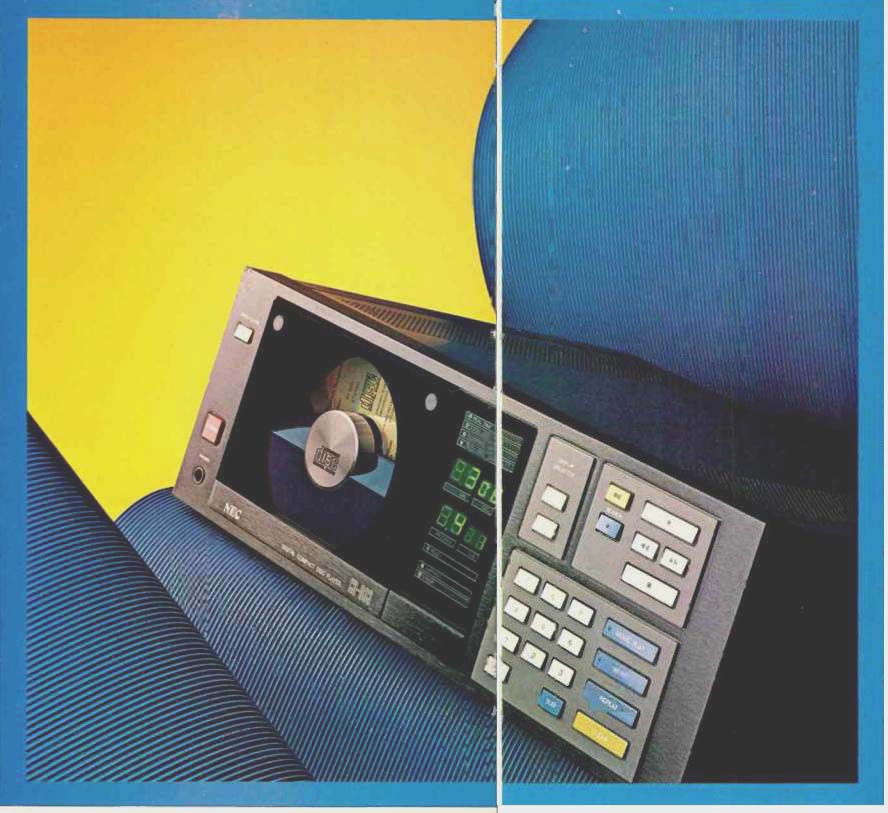
Manufacturer's Specifications:
Frequency Response: 5 Hz to 20 kHz.
Dynamic Range: More than 90 dB.
Signal-to-Noise Ratio: More than 90 dB.
THD: Less than 0.01% (5 Hz to 20 kHz).
Channel Separation: More than 70 dB (5 Hz to 20 kHz).
Wow and Flutter: Below measurable limits.
Output Level: 1.5 volts, fixed; 0 to 1.5 volts, variable.
Access Time: 3 seconds average.
Power Requirements: 120 V, 50/ 60 Hz, 48 watts.
Dimensions: 16.93 in. (43 cm) W x 5.9 in. (15 cm) H x 14.17 in. (36 cm) D.
Weight: 26.4 lbs. (12 kg).
Price: $1,300.00.
Company Address: 1401 West Estes Ave., Elk Grove Village, Ill. 60007.
Although exact circuit details for this CD player were not made available to me, I suspect that NEC's approach to Compact Disc decoding and playback is more like that of Philips (and in the U.S., of Magnavox) than, say, of Sony.
NEC has paid considerable attention to pre- and post-D/A conversion filters which cut off frequencies above 20 kHz. In the case of the CD-803E, the designers say they have developed what they call ND (non-delay) filters which, to quote them, results in "the reproduction of sound" that "is clear and utterly devoid of phase distortion throughout the entire audible frequency range. This high-performance filter can extract and reproduce faithfully all of the musical information stored on the Compact Discs, down to the subtlest nuance." I'll have more to say about sonic nuances, subtle and otherwise, later on.
Some of the most obvious (and less subtle) features of the CD-803E include a "search and play" system which allows you to search backwards for the beginning of a selection you're currently listening to, or forwards for that of the next selection. Up to 99 selections can be programmed into the player's memory, via a numeric keypad, for playback in any order. Repeat play of selections is also possible. An elaborate display area offers a wealth of information, such as elapsed time since the beginning of the current selection, total elapsed time from the beginning of the disc, remaining time to the end of the current selection, and total remaining time to the end of the disc. Additional displays show the program number of the selection being played, whether the disc being played was recorded (and is being played) with pre-emphasis/de-emphasis, and whether a programming error has been made.
Variable and fixed sets of output jacks are provided, so one set can be connected to the rest of your audio system while another set might conceivably be connected directly to a tape deck for dubbing or copying discs onto tape.
Headphone listening is also possible, and headphone output level is adjustable.
Front Panel Layout The power switch, disc compartment open/close switch, and headphone jack are located near the left edge of the front panel. NEC elected to use the swing-out door type of disc holder which we have already seen from Technics, Hitachi and several other manufacturers. The disc is simply dropped vertically into the slot along the top edge of the swing-out door. When the door switch is touched a second time, the disc slides down into the door as it closes. I find it difficult to extract a disc from this type of loading door without getting fingerprints on the outer edge of the disc, since the arrangement makes it impossible to grasp the disc across the entire diameter, as I am able to do with the sliding drawer units like the Sony or exposed spindle arrangements such as the Magnavox or Yamaha.
The various illuminated displays already described are located just to the right of the disc compartment door, while further to the right are all of the operating and programming controls for this player. A "Time" selector selects the desired mode of time display referred to earlier. A "Memory List" key causes the numbers of the pre-programmed selections to appear in the order in which they were entered. A keypad numbered 0 through 9 is used to program the player. Near it is a "Sub" key which allows the user to program not only by track number but by index numbers within a long track. (So far I have run across only a very few discs, all classical, which use this sub-indexing system, but since indexing within a track is "built into" the CD Standard, such indexing is likely to appear commonly on future discs.) Laser-pickup transport buttons include play, fast forward, reverse, stop, and pause. If either the fast forward or reverse button is touched and then the play and "Search" keys are activated together, playback will start from the next selection or restart from the beginning of the current selection. A "Repeat" key, a "Memo" key (for entering into memory the desired programs after they have been keyed in by number), a "Memo Play" key (for initiating playback of preprogrammed selections in order), and a "Clear" key (for erasing any program information stored in memory) complete the front-panel layout.
A battery-powered, infrared, wireless remote-control unit duplicates many of the controls found on the front panel.
Specifically, all the pickup transport buttons and the number, "Sub" (index), "Memo," "M Play," "Repeat," "Search" and "Clear" keys are all available on the tiny remote-control unit, which operates over an angle of up to about 30° off axis from the player and at distances of up to 15 feet or so.
The rear panel of the CD-803E is equipped with two sets of output jacks (fixed-level and variable), an output level control for the latter pair, a headphone output level control, a voltage selector switch, and an "Auto Start" switch for use in conjunction with an external timer. Setting this switch to "On" will cause playback to start automatically when power is applied via the external timer.
Measurements
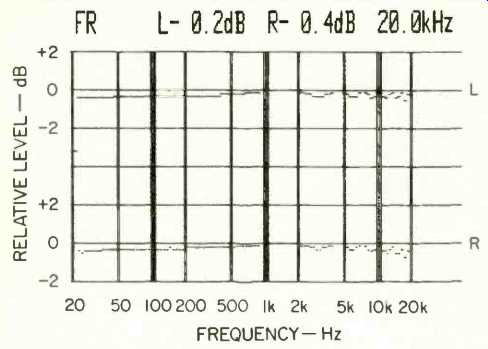
Fig. 1-Frequency response, left (top) and right channels, at 0 dB level.
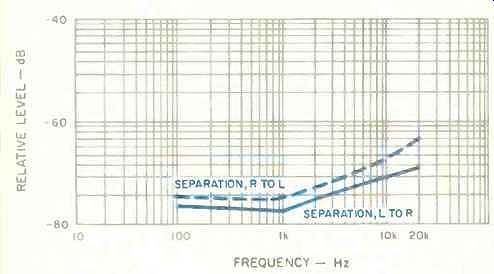
Fig. 2-Separation vs. frequency.
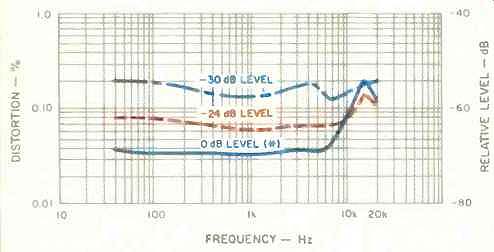
Fig. 3-THD vs. frequency at levels of (from top to bottom) -30 dB, -24 dB
and 0 dB (*see text).

Fig. 4-Response to 1-kHz square wave.
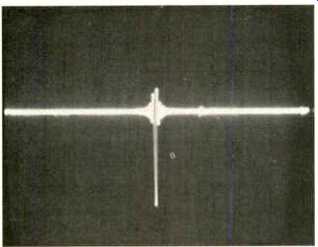
Fig. 5-Single-pulse reproduction.
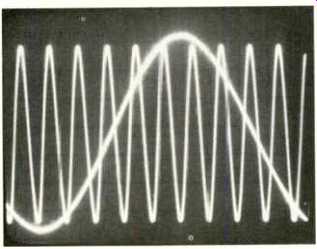
Fig. 6-Two-tone phase check (2 kHz left, 20 kHz right).
Using my standard Philips test disc, I plotted frequency response for both channels of the NEC CD player. Results are shown in Fig. 1. Note that the vertical scale of this graph has been expanded to 2 dB per division so as to show up even small deviations from absolutely flat response. At 20 kHz, response in the left channel was down only 0.2 dB, while attenuation in the right channel was 0.4 dB. The slight ripple effect in response noticeable at the high end may well be caused by the special "no delay" filters which NEC has developed for this product, but since no circuit details were provided, I can only conjecture about this.
I then switched to a new Sony test disc (their number YEDS-7) which, incidentally, contains spot frequencies at 20 and 40 Hz. You may recall that my earliest tests of CD players showed response only down to 100 Hz, because at that time the only test disc I had, from Sony, did not contain lower frequencies. In this instance, however, I did not use the new Sony disc for frequency-response checking, but rather for checking separation. The Philips disc does have separate left and right spot frequencies, which I use for checking harmonic distortion versus frequency, but I find it a bit faster and more convenient to use the new Sony test disc for making separation measurements. A plot of separation versus frequency (for four significant spot frequencies only) is shown in Fig. 2, for both channels. Slight but insignificant differences in separation were noted for the left-to-right versus right-to-left measurements, though separation at mid- and low frequencies measured well over 70 dB. Figure 3 is a plot of total harmonic distortion versus frequency. The higher than claimed values shown for the "0 dB" output level in these plots are not actually the result of out-of-spec levels of harmonic distortion. Rather, I observed a sort of random "hash"-like noise which was the main contributing factor to the higher than normal readings. Actual harmonic distortion, if I could have isolated it from the rest of the output products that were not harmonics of the test signals, was probably well below the 0.01% claimed by NEC. At lower signal levels (the -24 dB test signal level), where we would normally expect an increase in true harmonic distortion of about 10 to one, you will note that the distortion figures are only slightly higher than they were for the 0 dB level, confirming my suspicion that the results obtained for the 0 dB level signals were not really made up entirely of harmonic distortion.
Output linearity was accurate to within 0.5 dB from 0 dB down to-80 dB signal levels. A signal on my test disc at -90 dB was played back at a level of -86.5 dB, which I attribute not so much to nonlinearity as to my bench test setup, minute amounts of noise pickup, and residual noise level of the player and test instruments themselves.
SMPTE-IM distortion measured 0.55% at 0 dB output levels, but dropped to an insignificant 0.04% at-20 dB playback levels. Signal-to-noise ratio measured 92.5 dB (relative to a 0 dB maximum output signal level) unweighted, and 98.5 dB using an A-weighting filter.
Figure 4 is a 'scope photo of a 1-kHz square wave as recovered from the test disc. The wave shape is distinctly different from that obtained from players using conventional sharp-sloped filters and is, again, reminiscent of the wave shape I obtained when I tested the Magnavox, Kyocera, and Phase Linear players; these three use a more "gentle" analog filter approach at the input to their final analog audio output stages. If I were to judge a CD player on the basis of its ability to reproduce accurate square waves (which I definitely am not doing), I would have to give the NEC player the highest grades of all.
As you can see from Fig. 5, the single-pulse lest (a single sample at full scale output, followed by 127 samples of zero amplitude), NEC's unique approach to filtering results in a reproduced pulse having far less ringing and overshoot than is typically observed from units having more traditional filter designs.
The phase check signals, consisting of a 2-kHz tone on one channel and a 20-kHz tone on the opposite, were used to determine phase delay for this player. In Fig. 6, low frequency crossing of the zero axis in a positive direction is supposed to correspond with high-frequency zero-axis crossing in the same direction. As near as I could figure it, the phase delay for the 20-kHz signal, compared with the 2 kHz signal, was no more than about 4.1 µS-nothing to get really upset about! What did concern me a bit was the rather poor showing of this player when it was subjected to my error-correction test disc. Using this disc (with its opaque wedge, black dot dust simulations and fingerprint smudge simulation), I noted that the player began to "miss" and occasionally mute for brief periods when traversing the opaque wedge at its 700 micrometer width. As for the dust simulations, I detected failure to properly correct or mask missing data for the smallest of the black dots inscribed on the surface of the test disc, the one measuring only 300 microns in diameter.
The player had no problem playing through the entire fingerprint smudge simulation, but I was, frankly, disappointed at its performance" when attempting to play through the other built-in defects in the test disc.
Use and Listening Tests
My listening tests confirmed what I have believed for many years, that measurements alone don't tell the whole story. To put it succinctly, the sound quality delivered by the NEC unit was excellent; certainly as good--in every nuance--as that of any CD player I have tested thus far. My collection of CDs keeps growing, and besides playing some of the earliest discs in my collection because of familiarity with them and how they sounded on other CD players, I'm gradually introducing newer discs into my listening routine.
I'm happy to report that software is getting better and better, as so many of us said it would be. I was particularly thrilled with my new copies of the Bach Brandenberg Concertos (on two Philips discs) and of Mozart's Piano Concertos, Nos. 15 and 21 (also on a Philips/Polygram disc) obtained during my recent trip to Philips and Polygram. These discs, played on a CD player such as the NEC CD-803E, ought to silence these analog die-hards who still insist that digital discs are not all they're cracked up to be.
What little criticism have of the NEC player has to do not with its sound quality (which cannot be faulted in any way) but with its front panel complexity and with its failure to accomplish the same degree of error correction that other players have managed. I found it somewhat exasperating to try to use the fast-forward and reverse features of the system. For one thing, operation of these features was sometimes erratic. On occasion, when I wanted to advance to the next track, the laser pickup insisted on bouncing back to the track currently being played. Search and scanning features did not operate quite as quickly as claimed, and programming, though certainly more elaborate (and capable of handling more tracks) than any other machine tested to date, was a bit too complicated for my taste. The same functions have been incorporated into other machines and, somehow, seem simpler to use. The unit is also extremely large and heavy compared with other players which offer essentially the same playing and programming features. If space is not at a premium, the size of the CD-803E will not pose a problem, but I wondered why it had to be quite so large and so heavy.

The numeric keypad allows up to 99 selections to be programmed
into memory, in any order. The lower display shows what selection's playing.
I don't want to leave you with the impression that the NEC unit is not worth its asking price. Its sound is superb and if you have the patience to master its front panel buttons and lights, so are its programming features. And many prospective purchasers of CD players will prefer the rugged, somewhat bulky look or this player over some smaller configurations. After all, it each of us favored exactly the same designs in all products, all audio components would look alike and have exactly the same buttons and switches. Then people like me would be out of a job!
-Leonard Feldman
(Source: Audio magazine, Nov. 1983)
Also see: NEC CD-650E Compact Disc Player (Dec. 1986)
Toshiba XR-Z90 Compact Disc Player (Dec. 1983)
Technics SL-P8 Compact Disc Player (April 1984)
= = = =